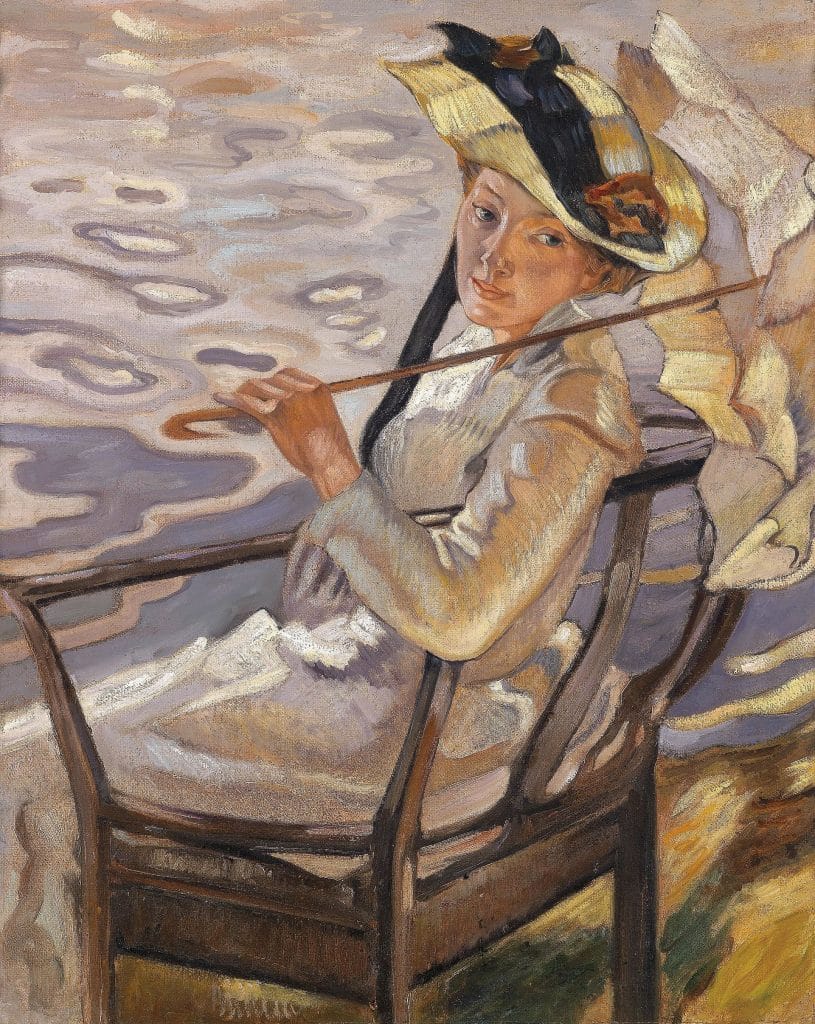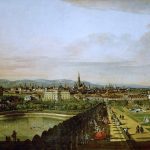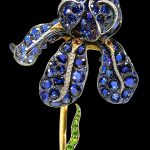
Leo Putz (1869-1940) was an Austrian-born painter and illustrator known for his contributions to the Art Nouveau and Symbolist movements. He is often associated with the Munich School, a group of artists who worked in Munich, Germany, during the late 19th and early 20th centuries. Here are some key points about Leo Putz:
- Early Life and Education: Leo Putz was born in Merano, which is now part of Italy but was part of the Austrian Empire at the time of his birth. He showed an early aptitude for art and studied at the Munich Academy of Fine Arts, where he was influenced by the vibrant artistic scene in the city.
- Artistic Style: Putz’s early work was strongly influenced by the Art Nouveau movement, which is characterized by sinuous lines, organic forms, and ornate decorative elements. His style evolved over time, and he later embraced Symbolism and Impressionism in his paintings.

- Subjects and Themes: Putz’s art often featured sensuous and romanticized depictions of the female form, and he created many portraits and figure studies. He was also known for his landscapes and genre scenes, frequently using a rich and harmonious color palette in his work.
- Member of the Munich Secession: Leo Putz was an active member of the Munich Secession, an association of artists that aimed to break away from traditional academic art and promote more avant-garde and experimental styles.
- Commercial Success: Putz’s work found commercial success, and he illustrated books, postcards, and posters. His art was popular during his lifetime, particularly in the years leading up to World War I.
- World War I and Later Career: The outbreak of World War I interrupted Putz’s artistic career, and he served as a soldier during the war. After the war, he continued to paint and exhibit his work, but the changing artistic climate made it more difficult for him to maintain the popularity he had enjoyed before the conflict.

- Legacy: Leo Putz’s art is still appreciated for its connection to the Art Nouveau and Symbolist movements and its ability to capture the spirit of the early 20th century. His decorative and romantic style, with its focus on the human figure and the beauty of the female form, remains a significant part of his legacy.
Leo Putz’s artistic journey from Art Nouveau to Symbolism, along with his affiliation with the Munich School, contributed to his unique style and position in the history of European art. His work reflects the changing artistic climate of his time and continues to be of interest to art enthusiasts and collectors.




